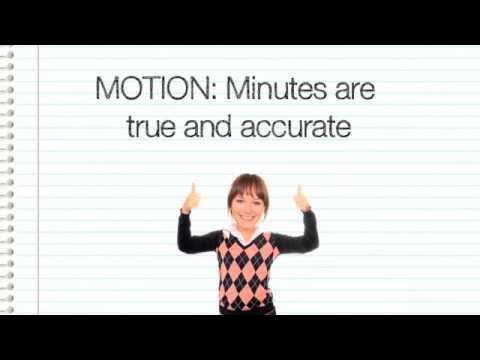ARALIN 3 PAGSULAT NG ADYENDA AT KATITIKAN NG PULONG
Summary
TLDRThis lesson focuses on the essential aspects of writing a meeting agenda, minutes, and memorandums. It covers the importance of clear communication through these documents, such as how to structure a memorandum with key components like the sender, recipient, date, subject, and message. The script also explains the significance of a well-organized meeting agenda and detailed minutes to ensure a successful, productive meeting. Key points include the structure of the agenda, the role of the minute taker, and the importance of recording all decisions, ensuring clarity and accuracy in all meeting-related documents.
Takeaways
- 😀 A memorandum is a document that provides information about a meeting or acts as a reminder of important information.
- 😀 Memos are color-coded based on their purpose: white for general orders, pink for purchasing requests, and yellow/green for marketing/accounting.
- 😀 Key components of a memorandum include the letterhead, to/from sections, date, subject, body (with situation, problem, solution, gratitude), and the sender's signature.
- 😀 An agenda is a list of topics to be discussed in a meeting, helping participants prepare and stay focused on important discussions.
- 😀 Steps in writing an agenda: send a memo, outline the topics, share the agenda, follow the topics during the meeting, and ensure that participants receive a copy of the agenda.
- 😀 Always prioritize important topics at the start of the meeting and stick to the agenda's timeline but remain flexible to questions when needed.
- 😀 Minutes of a meeting serve as an official and legal document recording decisions made, and include key details like the meeting's time, participants, action items, and the next meeting's schedule.
- 😀 The minutes should include an accurate header (company, date, time), a list of attendees, action items, announcements, and a closing with the signature of the person taking minutes.
- 😀 The person taking the minutes should avoid participating in discussions, sit close to the leader, and ensure all attendees (including absentees) are recorded.
- 😀 Three types of minutes are commonly used: report-style (detailed), narrative-style (summary), and resolution-style (focuses on decisions).
- 😀 Recording minutes requires attention to detail, including proper documentation of motions, discussions, and decisions. A recorder can be used to ensure accuracy.
Q & A
What is the primary purpose of writing a memorandum?
-A memorandum is written to provide information about a meeting or serve as a reminder about important information. It also states the purpose of the meeting.
How do the colors of stationary in memos relate to their purpose?
-Different colors of stationary indicate the department or nature of the memo. For example, white is used for general orders, pink or rose for requests from the purchasing department, and yellow or green for memos from the marketing and accounting departments.
What are the essential components that must be included in a memorandum?
-A memorandum should include the company name, recipient, sender, date, subject, message, and a signature. It may also include a company logo and contact details.
What role does an agenda play in a meeting?
-An agenda sets the topics to be discussed in a meeting, ensuring a systematic and organized approach. It also determines the time allocated for each topic and helps participants stay focused.
What are the main steps in writing a meeting agenda?
-The main steps in writing an agenda include sending a memo, outlining the possible topics, sending the agenda to participants, and following the agenda during the meeting to ensure time management.
Why is it important to send an agenda before the meeting?
-Sending an agenda beforehand helps participants prepare for the meeting, ensures they understand the topics to be discussed, and allows them to stay focused during the meeting.
What are the key sections included in the minutes of a meeting?
-The minutes of a meeting typically include the heading, participants, approval of previous minutes, action items, announcements, next meeting schedule, closing, and the signature of the person who recorded the minutes.
What should the person taking minutes of a meeting avoid doing?
-The person taking the minutes should avoid participating in the discussion. Their job is solely to record and report the information, not to explain or engage in the conversation.
What is the difference between the three types of meeting minutes?
-Report minutes record all details discussed, including names of speakers. Narrative minutes focus on the most important details and are used as legal documents. Resolution minutes summarize the agreed-upon actions without naming the participants.
What is the importance of recording the names of attendees and absentees in meeting minutes?
-Recording the names of attendees and absentees ensures an accurate record of who participated in the meeting, which can be useful for future reference or accountability.
Outlines

This section is available to paid users only. Please upgrade to access this part.
Upgrade NowMindmap

This section is available to paid users only. Please upgrade to access this part.
Upgrade NowKeywords

This section is available to paid users only. Please upgrade to access this part.
Upgrade NowHighlights

This section is available to paid users only. Please upgrade to access this part.
Upgrade NowTranscripts

This section is available to paid users only. Please upgrade to access this part.
Upgrade Now5.0 / 5 (0 votes)





